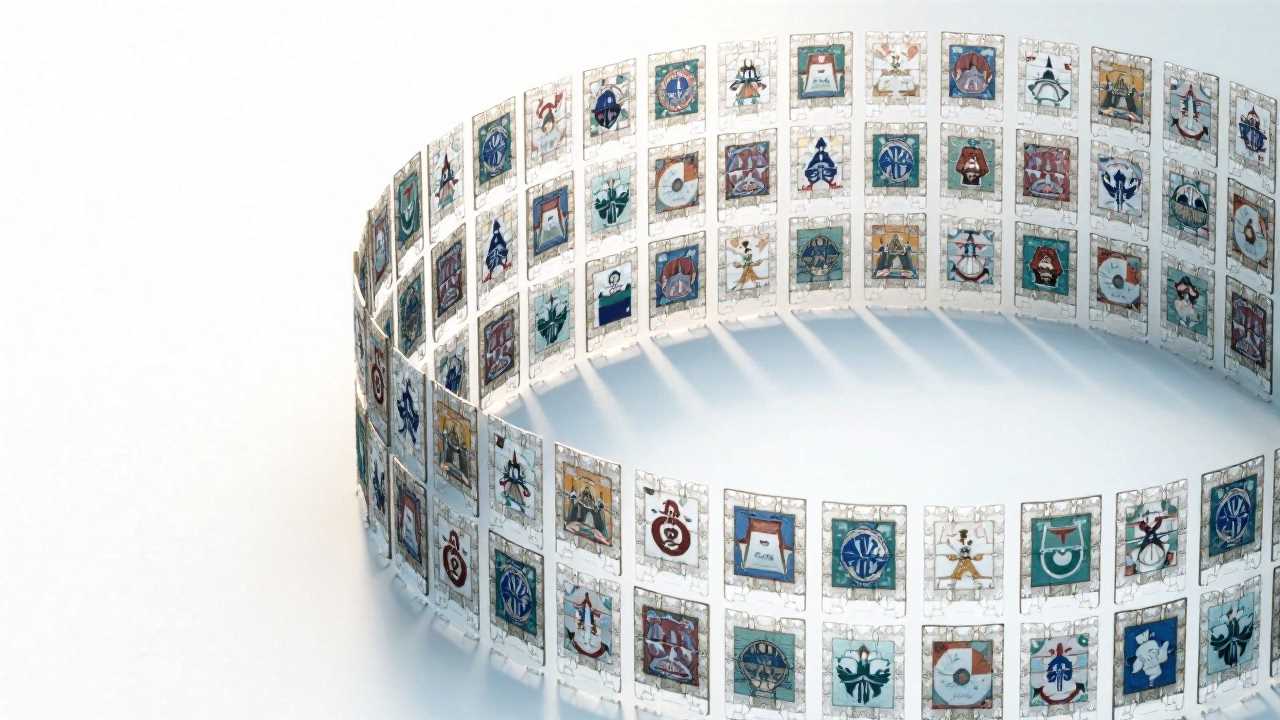
Understanding Procedural Animation Methods
Procedural animation methods represent a dynamic approach to creating animations that are not solely reliant on traditional keyframe techniques. By utilizing algorithms and mathematical functions, we can generate animations that respond to various inputs, leading to more realistic and fluid movements. This method is particularly beneficial in environments where interactions are complex and require a high degree of realism, such as in video games and simulations.
The Role of Keyframe Interpolation
At the heart of procedural animation lies keyframe interpolation, a technique that allows for smooth transitions between defined states. By setting keyframes at specific intervals, we can define the starting and ending points of an animation. The interpolation process fills in the gaps, creating a seamless flow of motion. This is particularly useful in scenarios where precise control over timing and spacing is required.
For instance, when animating a character's walk cycle, we can set keyframes for the beginning and end of each step. The interpolation will then calculate the intermediate positions, resulting in a natural and fluid walking motion. Understanding and mastering this technique is essential for anyone looking to excel in procedural animation.
Incorporating Motion Dynamics
Motion dynamics play a pivotal role in enhancing the realism of animations. This involves understanding the principles of physics and how they apply to movement. When animating objects or characters, we must consider factors such as acceleration, deceleration, and inertia. By incorporating these elements into our procedural animations, we can create movements that feel more authentic.
For example, when a character jumps, the motion dynamics dictate that they will accelerate upwards before reaching a peak and then decelerate as they descend. By applying these principles, we can ensure that our animations not only look good but also behave in a way that aligns with the laws of physics.
Utilizing Physics Simulation
Physics simulation is another critical aspect of procedural animation methods. By simulating real-world physics, we can achieve a level of detail that enhances the viewer's experience. This includes simulating gravity, friction, and collision responses.
Incorporating physics simulation allows for more interactive and engaging animations. For instance, when a character interacts with their environment, such as pushing an object or jumping off a ledge, the physics simulation will dictate how those actions affect the surrounding elements. This creates a more immersive experience for the audience, as they can see the consequences of the character's actions in real-time.
Mastering Rigging Techniques
Rigging techniques are fundamental to the procedural animation process. Rigging involves creating a skeletal structure for a character or object, allowing for easier manipulation during animation. A well-rigged model will enable smooth and realistic movements, as the joints and bones are designed to mimic real-life anatomy.
When rigging a character, it is essential to consider the range of motion for each joint. This will directly impact how the character moves and interacts with their environment. By mastering rigging techniques, we can ensure that our characters are not only visually appealing but also capable of performing complex actions with ease.
Implementing Particle Systems
Particle systems are a powerful tool in procedural animation, allowing us to simulate a wide range of phenomena, from smoke and fire to rain and explosions. By utilizing particle systems, we can create dynamic and visually striking effects that enhance the overall animation.
For example, when animating a scene with a character running through a forest, we can use particle systems to simulate leaves rustling and dust being kicked up. This adds an extra layer of realism to the animation, making it more engaging for the audience.
Enhancing Environment Interaction
The ability to create environment interaction is a hallmark of advanced procedural animation methods. This involves ensuring that characters and objects respond realistically to their surroundings. For instance, when a character walks through water, the animation should reflect the splashes and ripples created by their movement.
To achieve this, we can use a combination of physics simulation and particle systems. By simulating the interaction between the character and the environment, we can create a more immersive experience that draws the audience into the animation.
The Future of Procedural Animation
As we continue to explore the possibilities of procedural animation methods, it is clear that the potential for innovation is vast. By mastering keyframe interpolation, motion dynamics, physics simulation, rigging techniques, particle systems, and environment interaction, we can create animations that are not only visually stunning but also deeply engaging.
The future of animation lies in our ability to blend these techniques seamlessly, allowing for a new era of creativity and expression. As we push the boundaries of what is possible in animation, we invite you to join us on this exciting journey towards mastering procedural animation methods.
 Digital Art InstructionDIY Infographics DesignMobile Game ArtworkPersonalized Logo Design3D AnimationeBook Covers DesignPrivacy PolicyTerms And Conditions
Digital Art InstructionDIY Infographics DesignMobile Game ArtworkPersonalized Logo Design3D AnimationeBook Covers DesignPrivacy PolicyTerms And Conditions
